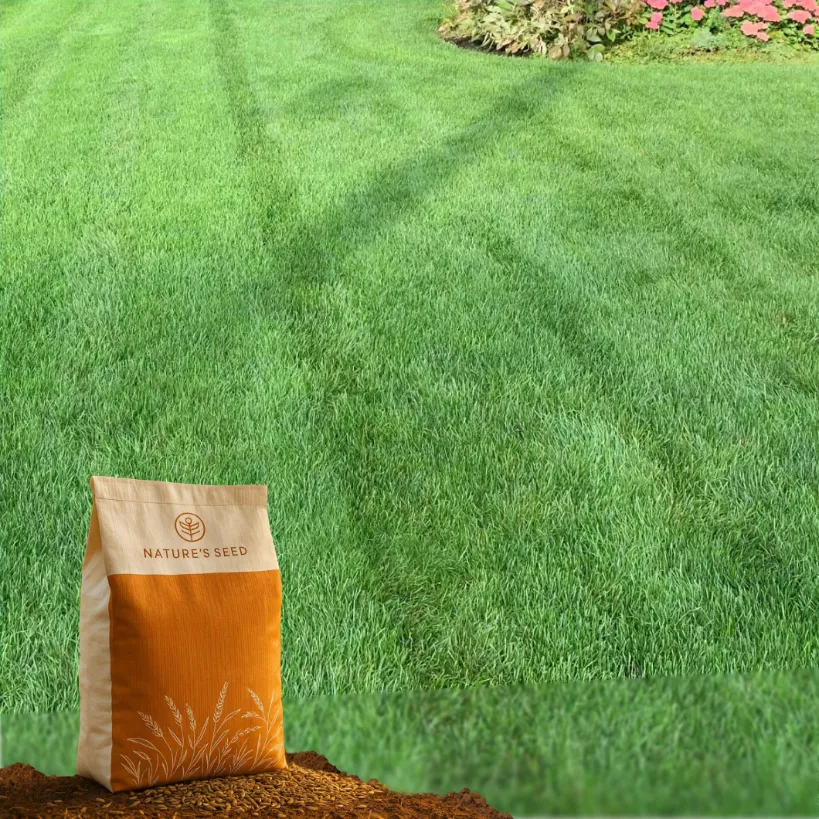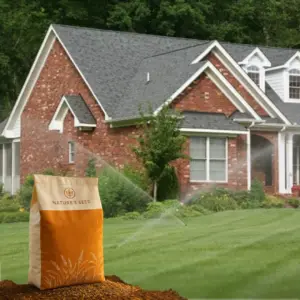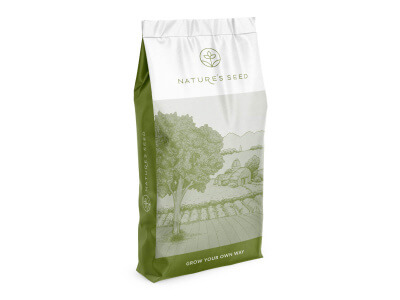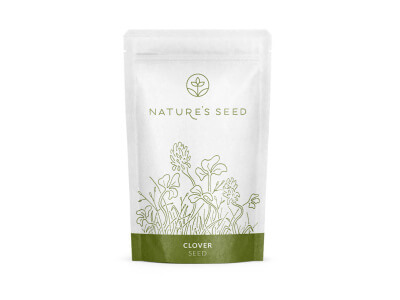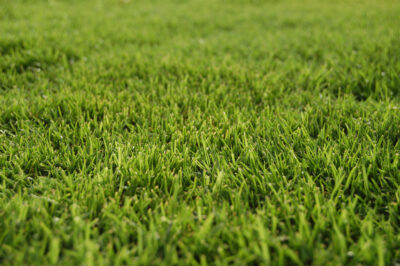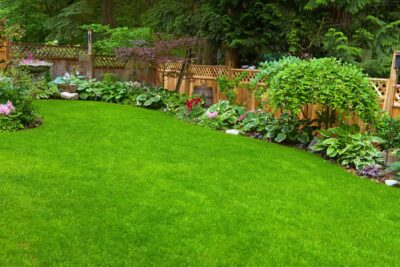What is the Shade-Tolerant Water-Wise Northeast Lawn Mix?
The Water-Wise Northeast Lawn Seed Mix blends 70% drought-tolerant Kentucky bluegrass with 30% fine fescues for a lush, low-maintenance lawn that uses ~30% less water. TWCA-certified and ideal for the Northeast (Zones 3–7), it thrives in sun or shade, resists drought, recovers from wear, and stays green spring through fall. Fast to establish, cold-hardy, and naturally weed-suppressing—perfect for eco-conscious, high-performance lawns.
Specifications
Sun Requirement
Full sun to partial shade
Soil Preference
Grows well in a range of soils. Prefers well-drained loam; fine fescues tolerate droughty, low-fertility, even acidic soils
Soil pH
5.5-7
Time to Maturity
7-21 days
Height when mature
~60–90 days to full establishment
Seeding Rate
5 lbs/1,500 sq ft
Planting Depth
1/8 to 1/4 inch
- You cannot add "TWCA Water-Wise Triple-Play Tall Fescue Blend" to the cart because the product is out of stock.
Shade-Tolerant Water-Wise Northeast Lawn Mix |TWCA Certified
SKU: TURF-W-NEAST
Will the seed work for your area?
Check your region
select quantity
Description

Quick Germination & Establishment
-
Uses up to 30% less water than conventional lawns. Fine fescue grasses require little irrigation, staying green in moderate drought and recovering quickly after rain. Ideal for regions with water restrictions or anyone seeking a low-water lawn.
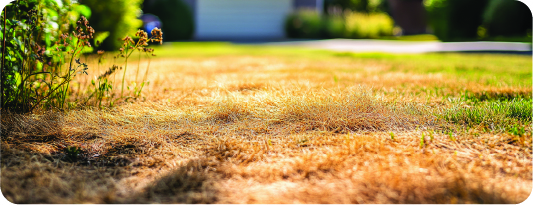
Water-Wise & Drought Tolerant
Uses up to 30% less water than conventional lawns. Fine fescue grasses require little irrigation, staying green in moderate drought and recovering quickly after rain. Ideal for regions with water restrictions or anyone seeking a low-water lawn.
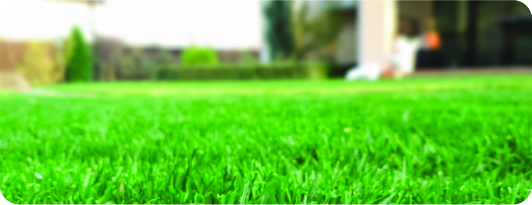
Shade & Sun Versatility
Thrives across light conditions – full sun to partial shade. Fine fescue is one of the most shade-tolerant lawn grasses, sustaining growth under tree canopies where others thin out. Meanwhile, improved bluegrass handles sunny areas, so the lawn stays uniformly lush across the yard.
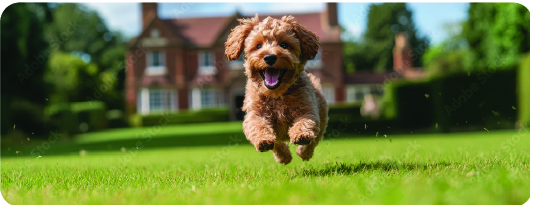
Hardy & Wear Tolerant
Built for family use – play, pets, and foot traffic. Kentucky bluegrass’s sod-forming nature provides good wear tolerance and recovery from injury. The mix is winter-hardy (survives sub-freezing temperatures) and maintains color into late fall (excellent cool-season color retention). It bounces back each spring ready for another season of enjoyment.
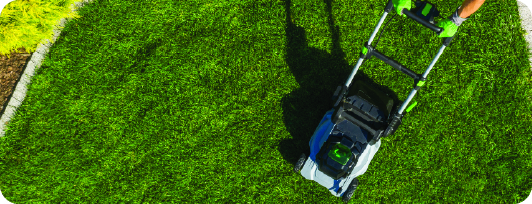
Dense, Lush Growth
Forms a high-density turf that crowds out weeds naturally. The combination of bunch-type and spreading grasses creates a carpet-like lawn with medium-fine texture and rich dark green color. Thick growth and rhizome knitting give it a manicured, golf-course look.
Description
Detail Product
Sun/Shade
Full Sun
Height
~12–24 inches
Seeding Rate
5 lbs/1,500 sq ft
Uses
High-end lawns, cool-season climates, irrigated landscapes, partial shade
Color
medium to fine; dark green
Water
medium to fine; dark green
Native
Introduced
Life Form
Perennial Grass
Planting and Growing Guide
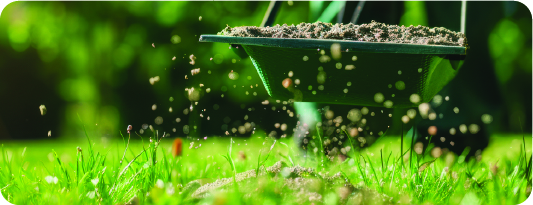
Soil Preparation
Start with a soil test—ideal pH is 6.0–7.5. Add lime if too acidic or sulfur/peat if too alkaline. Mix in any needed fertilizer, especially phosphorus if low. Clear weeds, rocks, and debris. For poor lawns, consider full renovation. Loosen soil to 4–6″ depth, improve drainage, and add compost if needed. Rake smooth and firm the seedbed lightly—it should hold shape with shallow footprints. This ensures even germination and easier mowing.
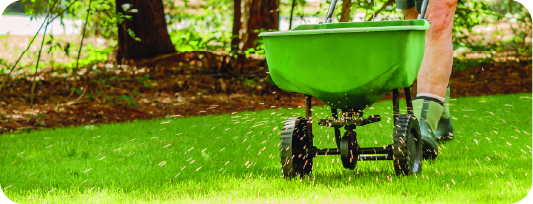
Seeding
Seed cool-season grasses between mid-August and mid-September for best results—warm soil and autumn rain boost germination with less weed pressure. Spring seeding (mid-April–early June) is your backup but requires more care. Avoid summer heat or frozen ground. Spread seed in two passes (crisscross) for even coverage (~⅓ lb/100 sq.ft.). Lightly rake to mix seed into top 1/8–¼” of soil, then roll to ensure contact. Mulch with clean straw to retain moisture and protect seedlings.
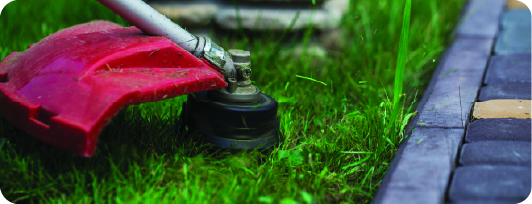
Watering and First Mow
Watering & First Mow Tips:
After seeding and mulching, water immediately with a light mist. Keep topsoil moist (top 1–2″) for 2–3 weeks with light watering 1–2 times/day. Avoid puddles. Water early morning or early evening—never late at night. Fine fescue sprouts in ~5–7 days; bluegrass in 2–3 weeks. Begin mowing at ~3″ height with a sharp blade, cutting to 2–2.5″. Never cut more than 1/3 of blade height. Mow gently, and let clippings stay unless they clump.
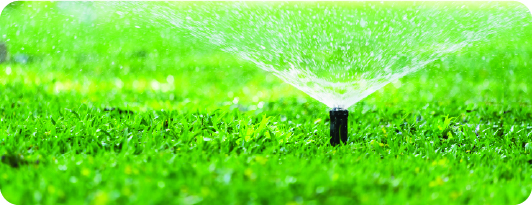
Ongoing Maintenance
Watering, Mowing & Maintenance Summary (Water-Wise Northeast Lawn):
Once established, water deeply 1–2x/week (0.7–1″ total). Water early mornings and adjust for rainfall or dormancy. Mow regularly at ~3″ (higher in summer/shade). Leave clippings unless they clump. Fertilize mainly in fall; 2–3 lbs N/year is enough (less for low-input lawns). Aerate every 2–3 years. Avoid traffic on soggy or dormant turf. In fall, rake leaves, mow to 2–2.5″, and let grass go dormant. Come spring, clean up and resume care—your sustainable lawn thrives with less.
Questions & Answers
When is the best time to seed this lawn mix?
The best time to seed cool-season grasses in the Northeast is mid-August to September. Warm soil and cooler temps support quick germination with less weed pressure. Spring seeding (April–early June) is a second option but needs more watering and weed control. Avoid summer heat and late fall seeding.
Can I overseed this mix into my existing lawn to improve it?
Yes! Overseeding with the Water-Wise mix improves lawn density, color, and drought tolerance. Mow to ~2″, rake to expose soil, and remove debris. For larger areas, core aerate or use a slit seeder. Spread seed at 1.5–2 lbs per 1,000 sq.ft. Best done in early fall or spring. Keep soil moist until seedlings establish—the new grass will blend in and enhance your lawn.
How much water will this lawn need long-term?
Once established, this mix needs less water than typical lawns. Standard cool-season turf needs ~1–1.5″ per week, but this blend thrives on ~0.7–1.0″ thanks to drought-tolerant fescues. Water deeply and infrequently—one 1″ soaking or two ½” sessions per week. Adjust based on weather. During drought, fine fescues may go dormant but will green up with rain. During establishment, water lightly and frequently to keep seedlings moist.
How soon can I use the lawn? (Mowing and foot traffic)
Mow when grass reaches ~3″ tall (about 3–4 weeks after seeding), cutting to 2–2.5″. Keep the blade sharp to protect seedlings. Mow regularly to encourage thick growth. Minimize heavy foot traffic until after 2–3 mowings (~6–8 weeks in). Light use is fine after that, but avoid intense activity the first season. Let roots fully establish before stressing the lawn. Avoid traffic when soil is wet to prevent damage.
What special care does the lawn need in winter?
This mix is highly winter-hardy and needs minimal care. In late fall, mow to 2–2.5″ and clear leaves to prevent matting and snow mold. Avoid walking on frozen or frosty grass—frozen blades can break. Keep salty slush off the lawn. In spring, rake debris and snow mold patches to boost airflow. Grass will green up naturally as temps rise. A light spring feeding is optional, but major fertilizing is best saved for fall. Let the lawn rest—it’s built to handle winter.
Is this lawn mix safe for pets, and how does it hold up to pet urine?
Yes, this lawn mix is completely safe for pets—bluegrass and fescue are non-toxic to cats and dogs. Pets can play, roll, or nibble the grass with no harm. Dog urine may cause small yellow spots due to concentrated nitrogen, but this mix recovers well, especially the bluegrass. To prevent damage, rinse spots with water promptly. The lawn holds up to moderate pet traffic and can be easily repaired with fall overseeding if needed. Pet-friendly and resilient!
Still have
questions?
Our planting experts
are here to help.
Call Us
1-800-123-4567
8 AM–5 PM
Monday–Friday
Reviews
| Weight | N/A |
|---|---|
| Sun/Shade | |
| Est Rate | |
| Texture | |
| Seeding Rate | |
| Uses | , , |
| Color | |
| Mix Contents |
70% Kentucky Bluegrass Seed (3 varieties) 15% Chewings Fescue 15% Creeping Red Fescue |
| Water | |
| Native | |
| Life Form | |
| Lowest price | |
| Coverage Area |
